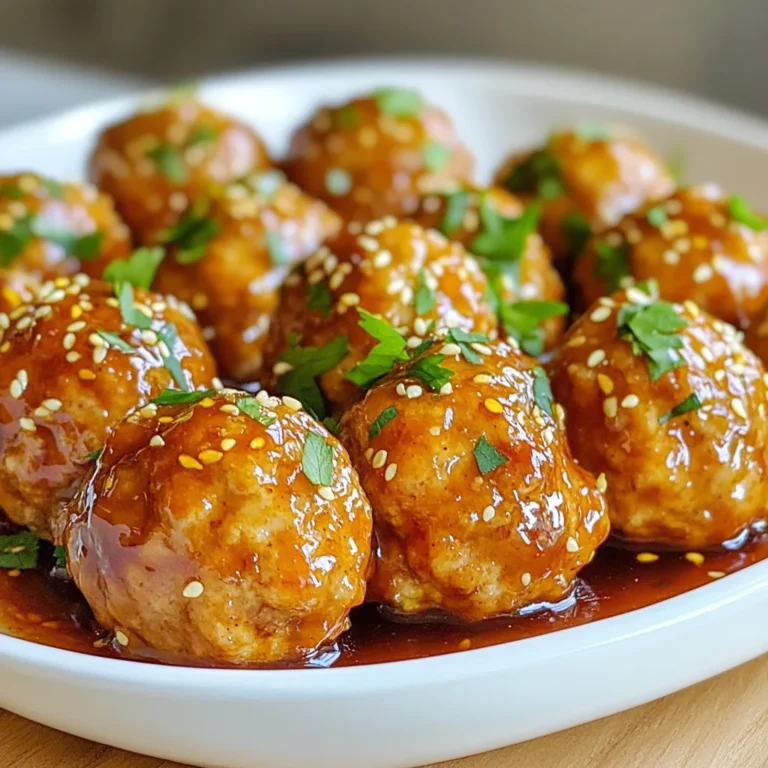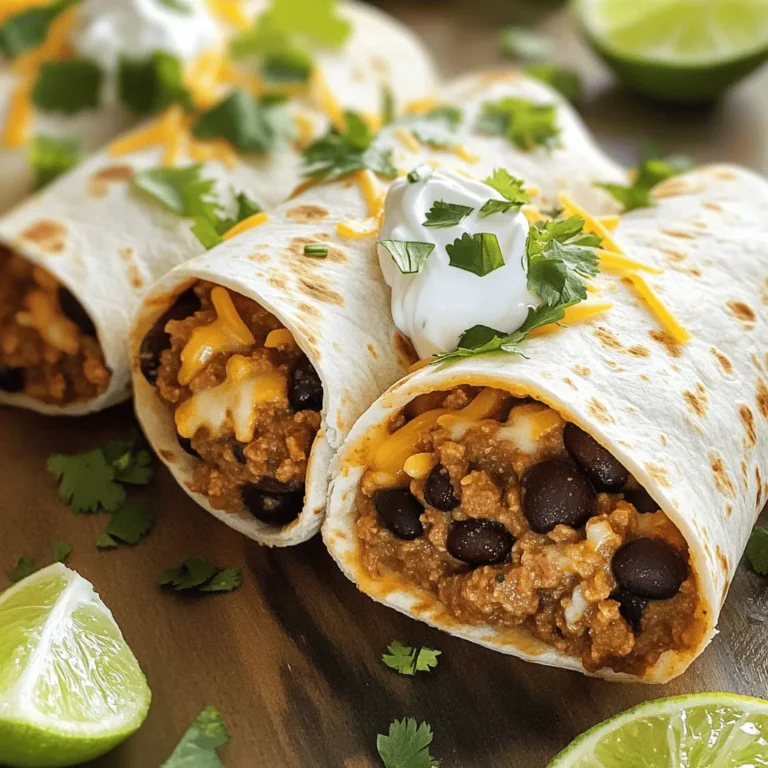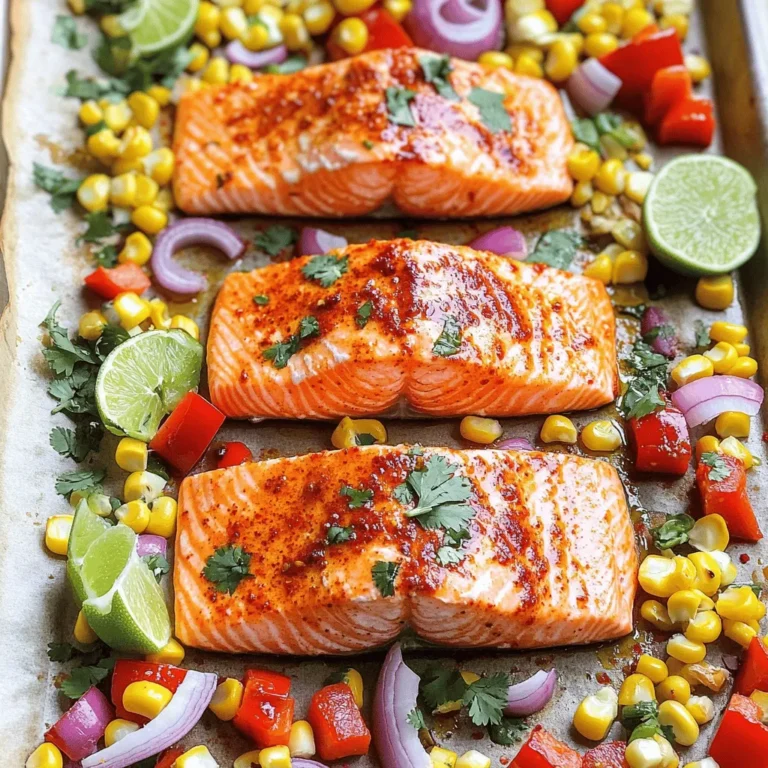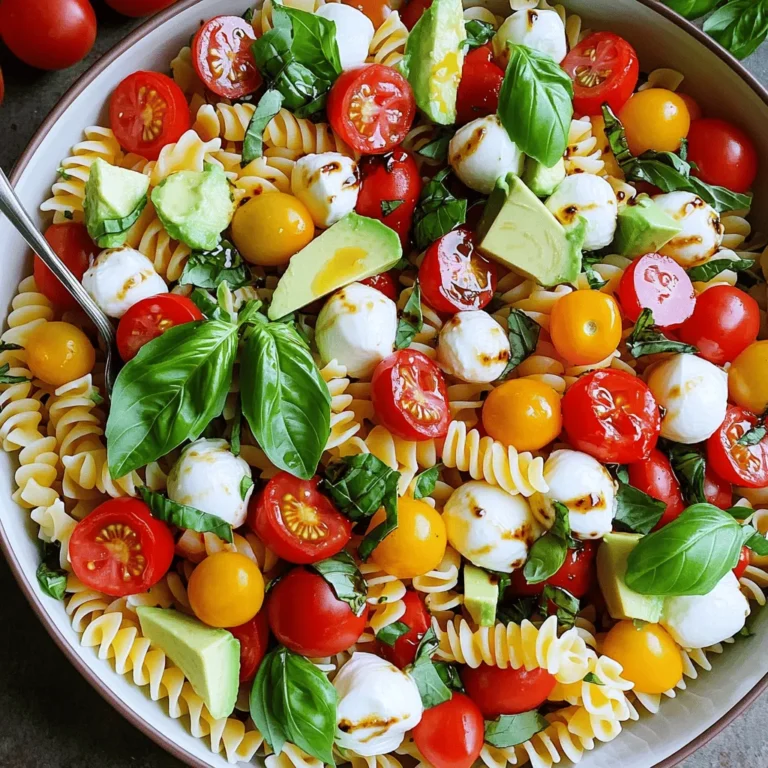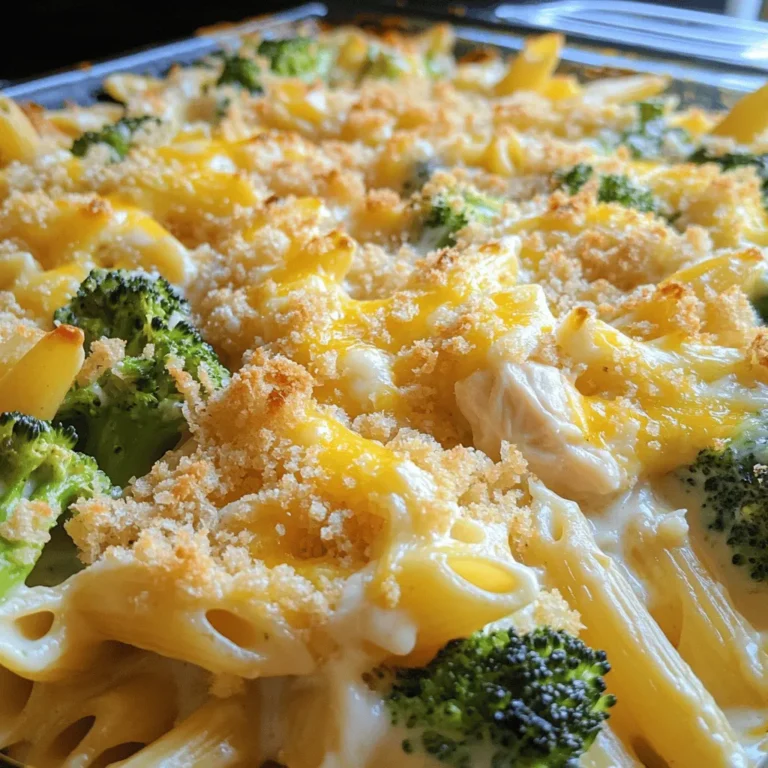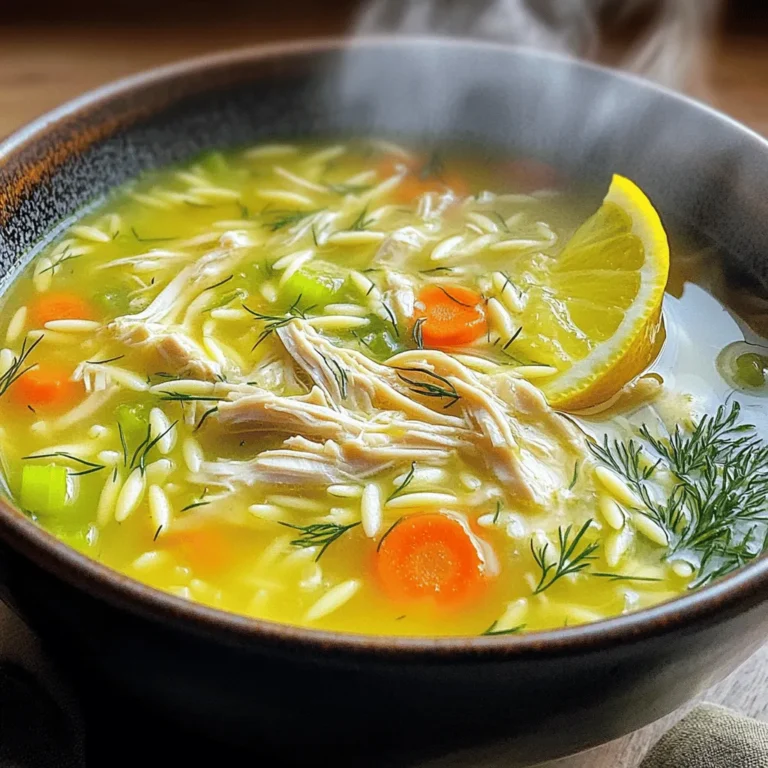High-Protein Cottage Cheese Pizza Crust Recipe
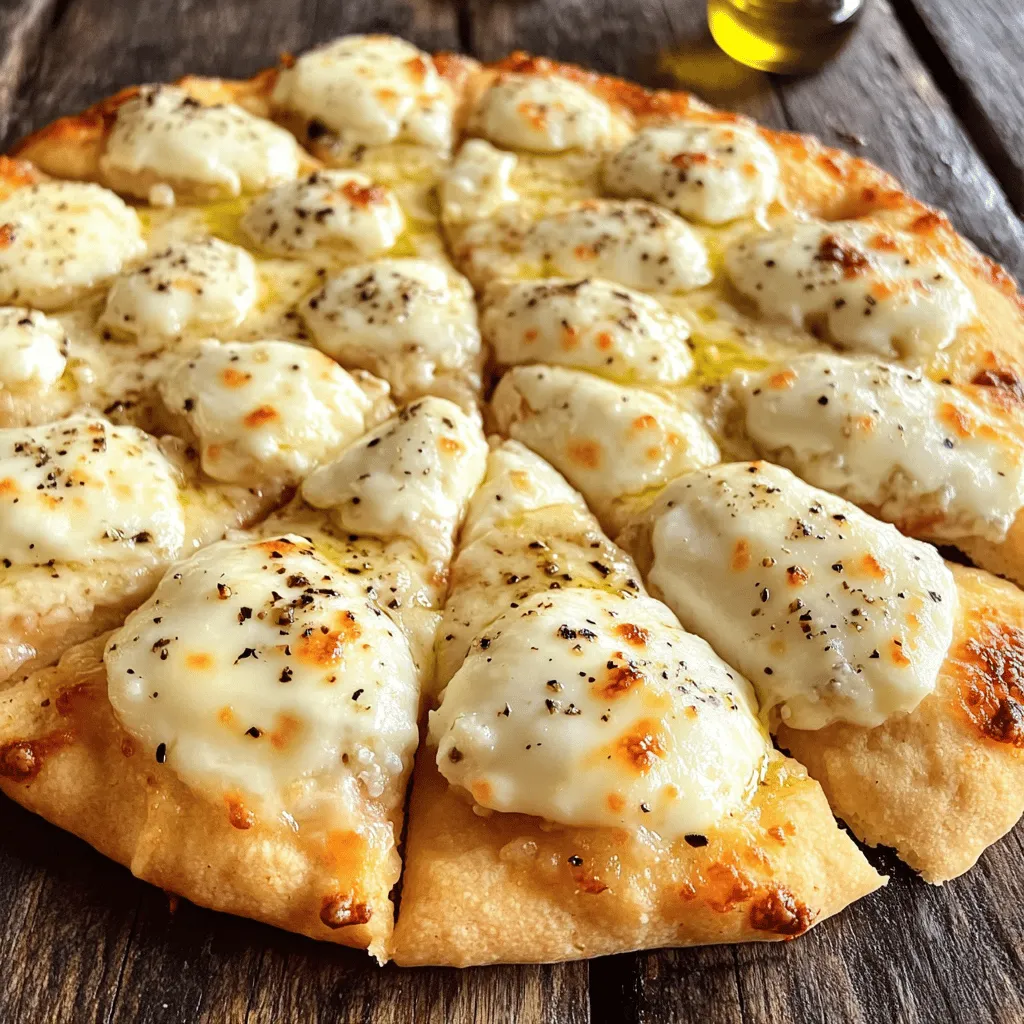
Are you looking for a fun and tasty way to boost your protein intake? This High-Protein Cottage Cheese Pizza Crust Recipe is just what you need! With just a few simple ingredients, you can create a delicious pizza base that’s both nutritious and satisfying. Say goodbye to boring meals and hello to a healthier pizza night! Let’s dive into the easy steps to make your own protein-packed crust.
Ingredients
Key Ingredients List
- 1 cup low-fat cottage cheese
- 1 large egg
- 1 cup oat flour (or substitute with almond flour if preferred)
- 1/2 cup shredded mozzarella cheese
- 1 teaspoon baking powder
- 1 teaspoon Italian seasoning
- 1/2 teaspoon garlic powder
- 1/4 teaspoon salt
- Olive oil (for greasing)
Using these ingredients makes a tasty crust. Low-fat cottage cheese gives protein and creaminess. The egg helps bind the crust, making it firm. Oat flour or almond flour creates a gluten-free base. Mozzarella cheese melts beautifully, enhancing flavor. Baking powder gives it a nice rise. Italian seasoning and garlic powder add a delicious taste.
You can adjust the spices to fit your palate. Seasoning makes a big difference in flavor. Olive oil helps prevent sticking and adds richness. Each ingredient plays a key role in making this crust tasty and healthy.
Step-by-Step Instructions
Preparation Steps
1. Preheat the oven and prep the baking sheet: First, set your oven to 400°F (200°C). This helps the crust bake evenly. Prepare your baking sheet by lining it with parchment paper or lightly greasing it with olive oil. This will make sure the crust does not stick.
2. Mix cottage cheese and egg until smooth: In a medium bowl, add 1 cup of low-fat cottage cheese and 1 large egg. Use a whisk to mix these until they are smooth and creamy. This step is key for a tasty crust.
3. Incorporate dry ingredients into the mixture: Gradually stir in 1 cup of oat flour, 1 teaspoon of baking powder, 1 teaspoon of Italian seasoning, 1/2 teaspoon of garlic powder, and 1/4 teaspoon of salt. Mix well until you form a soft dough. Finally, fold in 1/2 cup of shredded mozzarella cheese for a cheesy flavor.
Baking Steps
1. Form the pizza crust: Carefully transfer the dough onto your prepared baking sheet. Use your hands or a spatula to shape the dough into a round pizza crust. Aim for a thickness of about 1/2 inch.
2. Bake the crust until golden brown: Place the baking sheet in your preheated oven. Let it bake for 15-20 minutes. You want a golden-brown crust that feels firm when touched.
3. Add toppings and finish baking: After baking, take the crust out of the oven. Now it’s time to add your favorite pizza sauce and toppings. Return the pizza to the oven for another 10-15 minutes. This will melt the cheese and make it bubbly.
Enjoy your protein-packed pizza!
Tips & Tricks
Making the Crust Crispy
To get a crispy crust, focus on your baking method. Start by preheating your oven to 400°F (200°C). Use a baking sheet lined with parchment paper for easy cleanup. If you want extra crunch, consider using a pizza stone. A stone holds heat well, giving your crust a nice crisp.
For thickness, aim for about 1/2 inch. If it’s too thick, the center may stay soft. A thinner crust will bake faster and get crispier. You can also bake it a bit longer. Just watch it so it doesn’t burn.
Flavor Enhancements
To elevate the taste of your crust, mix in herbs and spices. Try adding dried oregano or basil for an Italian touch. A pinch of red pepper flakes adds a nice kick. Garlic powder is another great addition; it gives rich flavor without being overpowering.
For cheese, use shredded mozzarella for creamy texture. You can also mix in some Parmesan for a savory twist. If you want a sharp flavor, consider adding cheddar cheese. A blend of cheeses works well, too. Experiment to find your favorite combo!
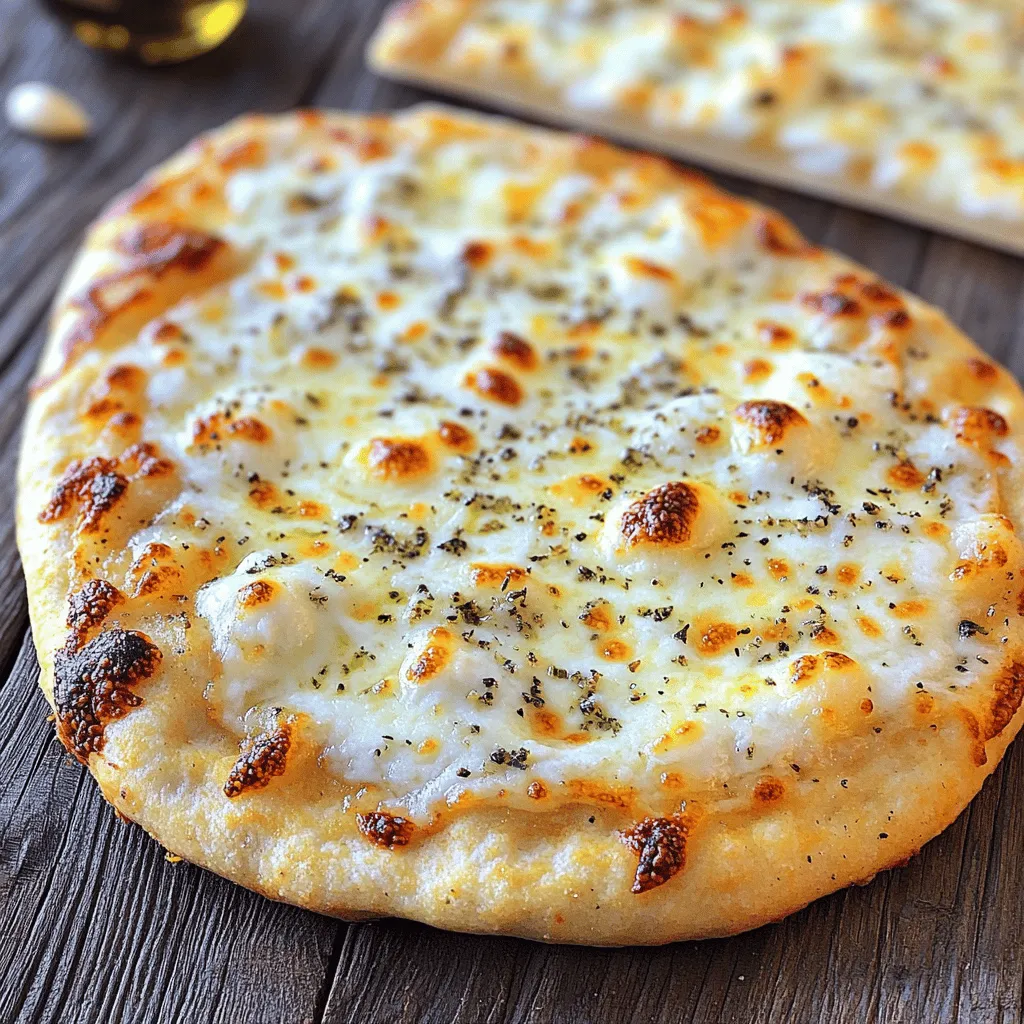
Variations
Gluten-Free Options
If you need a gluten-free crust, you can use a simple swap. Replace oat flour with almond flour. Almond flour makes the crust light and nutty. You can also use other gluten-free flours like coconut flour or rice flour. Just remember, each flour has a different texture. You may need to adjust other wet ingredients. Try adding a bit more cottage cheese or egg if the dough seems too dry.
Flavor Variations
You can change up the taste of your crust easily. Try different cheeses for unique flavors. Parmesan or cheddar adds a rich taste. Mixing cheeses can make things extra fun. You can also fold in fresh herbs like basil or oregano for a fresh twist.
Adding vegetables directly into the crust is another great option. Finely chopped spinach, bell peppers, or zucchini can boost flavor and nutrients. Just make sure to drain excess moisture from the veggies. This keeps your crust from getting soggy. You can mix and match flavors to create your perfect pizza base.
Storage Info
Storing Leftovers
To keep your high-protein cottage cheese pizza crust fresh, store it in the fridge. First, let the crust cool completely. Then, wrap it tightly in plastic wrap or place it in an airtight container. This helps to avoid moisture loss and keeps the crust tasty.
When you are ready to eat leftover pizza, reheat it in the oven. Preheat your oven to 350°F (175°C). Place the pizza on a baking sheet and heat for about 10-15 minutes. This warms it up and keeps the crust crispy. You can also use a microwave, but it may make the crust softer.
Freezing Options
You can freeze both uncooked and cooked pizza crust. For uncooked crust, shape it on a baking sheet. Then, place the baking sheet in the freezer. Once the crust is firm, wrap it tightly in plastic wrap and store it in a freezer bag. This way, it will last for up to three months.
To freeze cooked pizza, let it cool completely. Then, slice it into pieces. Wrap each slice in plastic wrap and store in a freezer bag. When you want to enjoy it, thaw it overnight in the fridge. Reheat it in the oven at 350°F (175°C) for about 10 minutes. This keeps the flavors fresh and delicious.
FAQs
Is cottage cheese a good source of protein?
Yes, cottage cheese is a great source of protein. One cup contains about 28 grams of protein. This makes it a smart choice for anyone looking to boost their protein intake. Protein helps build muscles and keeps you full longer.
Can I use different types of flour?
Absolutely! You can use oat flour or almond flour for this crust. Both work well, but they give different tastes and textures. Oat flour makes a softer crust, while almond flour gives a nutty flavor. Feel free to experiment and find what you like best!
How do I ensure my crust doesn’t stick to the baking sheet?
To prevent sticking, grease the baking sheet lightly with olive oil. You can also use parchment paper. This creates a non-stick surface, helping your crust release easily after baking. Make sure to spread the dough evenly, too, so it cooks properly.
You learned how to make a healthy pizza crust using simple ingredients like low-fat cottage cheese and oat flour. I walked you through preparing, baking, and customizing the crust. Plus, I shared tips for a crispier texture and flavor boosts. Don’t forget to check ways to store your leftovers or freeze your crust. With these steps, you can enjoy a tasty, nutritious pizza that suits your needs. Cooking can be fun and healthy, so let’s get started in the kitchen!


